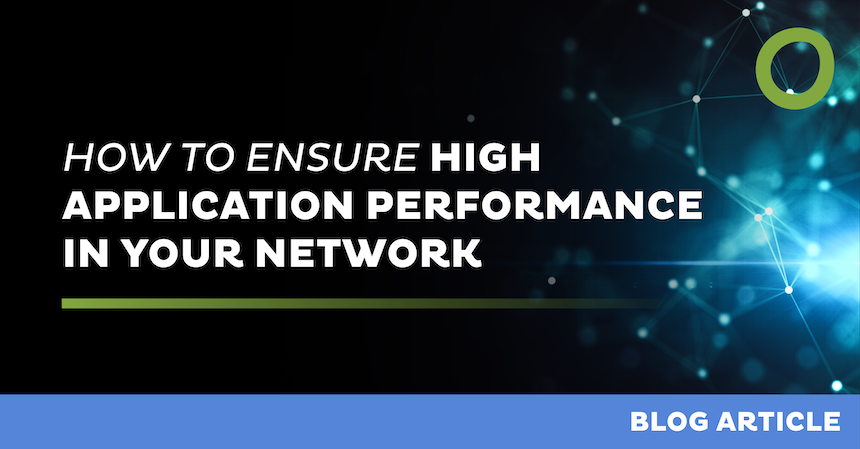
Network Detection and Response (NDR)
Protect your network by eliminating blind spots
Networks can have both internal and external blind spots
As attacks become increasingly more sophisticated, relying solely on protection against external threats and assuming the internal network is secure, is no longer sufficient. Organizations must operate under an assumption that an attacker may already be inside the network, necessitating swift detection and mitigation to minimize damage.
Organizations therefore need full monitoring over the traffic inside their networks, and be able to quickly surface malicious activity from legitimate traffic to mitigate attacks before they can do too much harm. Traditional solutions are complex to set up and operate, requiring additional devices to integrate and maintain. After that, there is also a lot of events to investigate and triage.
Open Systems devices are already ideally placed in the customer’s environment where all the traffic is conducted; therefore enabling complete visibility over the network traffic is as easy as clicking a button.
upon activation and baselining from Open Systems Customer Success Managers, the Network Detection and Response (NDR) service automatically correlates all events globally and only surfaces suspicious events, sparing customers from tedious filtering of false positives.

How it Works

- IDS and IPS systems installed on Open Systems Firewalls, Secure Web Gateways or dedicated sensors are feeding network data to the correlator
- The correlator analyzes the matched signatures and assigns threat scores accordingly
- Any assets with a high threat score generate an alert
- The alert creates a ticket that is analyzed by an Open Systems engineer
- Customers are only alerted if human expertise deems the event as sufficiently suspicious
- The correlator is continuously tuned by Open Systems engineers based on customer feedback
- This ensures the correlator learns from false positives, to continually improve its performance
CENTRALIZED CORRELATOR
ALERTING
TUNING
- IDS and IPS systems installed on Open Systems Firewalls, Secure Web Gateways or dedicated sensors are feeding network data to the correlator
- The correlator analyzes the matched signatures and assigns threat scores accordingly
- Any assets with a high threat score generate an alert
- The alert creates a ticket that is analyzed by an Open Systems engineer
- Customers are only alerted if human expertise deems the event as sufficiently suspicious
- The correlator is continuously tuned by Open Systems engineers based on customer feedback
- This ensures the correlator learns from false positives, to continually improve its performance
Benefits

FULLY SASE INTEGRATED
Unlike traditional intrusion and prevention systems (IDS/IPS), the NDR solution is fully integrated in Managed SASE. This means all traffic passing the Firewall or Secure Web Gateway is scanned and can be blocked. Additionally, dedicated sensors can be placed at strategic locations within the WAN.
CUSTOMIZABLE ALGORITHMS
Standard IDS algorithms are signature based and well defined, leaving no room for customization. With NDR you have the option to implement customized signatures which will always be rated with a high threat score. This ensures that signals can be separated from noise, with continual fine-tuning specific to your network.
ENHANCED BY HUMANS
Rather than depend only on machine intelligence, NDR augments AI-driven data analysis with human intelligence. Expert-level engineers focus on filtering out false positives from assets with high threat scores. So, rather than promoting resource-intensive operations, the NDR service model focuses on dealing with the most relevant alerts.
Leave Complexity
Behind
To learn how Open Systems SASE Experience can benefit your organization, talk to a specialist today.
Contact Us



